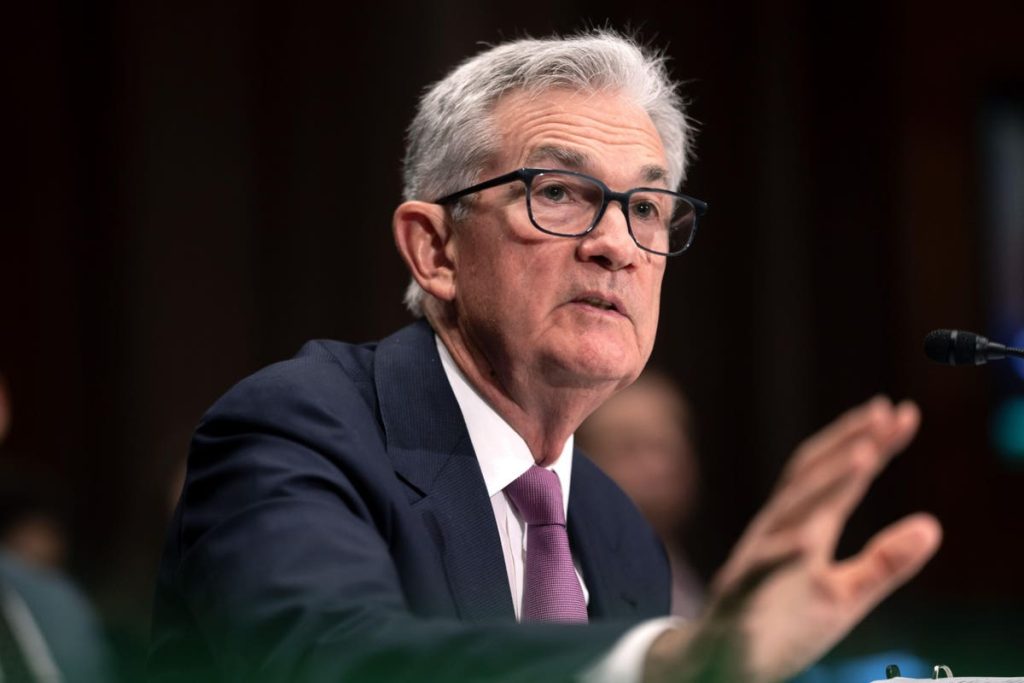The Federal Reserve is half-way through its eight scheduled meetings of 2023. In the first four meetings of this year, it has raised rates 0.75-percentage-points with three hikes at the February, March and May meetings and then a pause in June. The remainder of the year could see fewer, smaller interest rate hikes on the expectations of both the Fed and markets.
July 26 – Rate Rise Highly Likely
Markets expect the Fed to increase interest rates 0.25%-percentage-points on July 26 and statements from Fed officials have generally supported that view. Although inflation came in lower than expected in June, the Fed worries that inflation remains well above their 2% goal and that June’s relatively favorable CPI report is just a single data point, which may not be a trend especially in the context of a tight jobs market.
That said, a July interest rate hike may not be a consensus decision. For example, Raphael Bostic of the Atlanta Fed has said in a recent interview that he supports holding rates steady for the remainder of 2023. There will be some debate between raising interest rates and holding them steady.
However, Fed Governor Christopher Waller said in a recent speech that he believes the Fed should raise rates in July, and that speech came after the June CPI numbers and may be more representative of the core of the Fed’s thinking. As such, a July interest rate hike seems likely, but it may not be a consensus decision from the monetary policy committee.
September 20 – Rates May Hold Steady
Assuming a July interest rate hike, the Fed may now be in a pattern of raising interest rates more slowly and, as we saw in June, not moving interest rates at every meeting. That’s because the Fed recognizes we are close to the top of the interest rate cycle and risk management becomes important.
The Fed knows interest rates are currently restrictive so they can wait and see how the economic data plays out. Therefore, after a probable July hike, the Fed may pause in September, waiting for more data on the economy. Nonetheless, at this meeting the Fed will share an update to its Summary of Economic Projections. This will disclose where policy makers see rates at the end of 2023 and hence offering a forecast for decisions for November and December. The Fed’s prior forecasts suggested one more hike could be coming though some economic data has been less supportive of a hike since then.
November 1 – Hike Possible Depending On Data
As we move into late 2023, the Fed’s actions become more data dependent. November is currently the least predictable of the remaining 2023 Fed meetings. Nonetheless, on recent projections, the Fed signaled two more hikes could come in 2023, if that forecast holds, the second interest hike, after July, could logically happen in November. This would align with using alternate meetings to make small interest rate increases as may be the Fed’s current path.
If there is more evidence of core inflation not slowing fast enough to the Fed’s 2% goal in the pending data for July, August and September, or the job market remains very tight, then the Fed could well hike again in November.
However, pending economic data could discourage that view, and the Fed may elect to hold rates steady if disinflation softens and the job market cools. Markets also see a small chance of an interest rate cut in November, though the Fed doesn’t expect to cut interest rates until 2024 at the earliest on recent statements and forecasts. If a cut were to occur, it would likely be justified perhaps by a worrying turn in the economic data that we haven’t seen yet, such as a resurgence of banking issues or a sharply deteriorating labor market.
December 13 – Rates May Hold Steady
Then in December it is likely that the Fed will hold rates steady but with risks on both sides for either an interest rate hike or even an outside chance cutting of rates in the markets’ view. December is far enough out that there is a meaningful amount of time for economic data to be announced or for economic shocks to surface.
Nonetheless, the Fed has signaled it may hold rates at high levels into 2024, so if that forecast holds we may start to see several meetings where rates are unchanged. That said, markets and history both imply that peak rates often don’t last long and the Fed may be cutting sooner than they think. That said, in the battle of interest rate forecasts between the Fed and markets, the Fed has won so far in 2023.
What To Expect For The Remainder of 2023
The current picture is that the Fed will hold rates high for the remainder of 2023. An interest rate increase in July seems highly likely, a second increase, perhaps, in November is possible, but data dependent.
Generally, markets and the Fed’s own projections expect smaller rate moves in the second half of 2023 than the first half. The Fed’s decision making will ultimately be informed by inflation moving back to the Fed’s 2% goal or not, and whether the labor market remains tight, or starts to cool.
However, interest rates are generally expected to remain high for the rest of the year. As 2023 draws to a close, the question may move to how rates might come down in 2024, though without inflation clearly beaten, the Fed isn’t ready to discuss that yet.
Read the full article here









